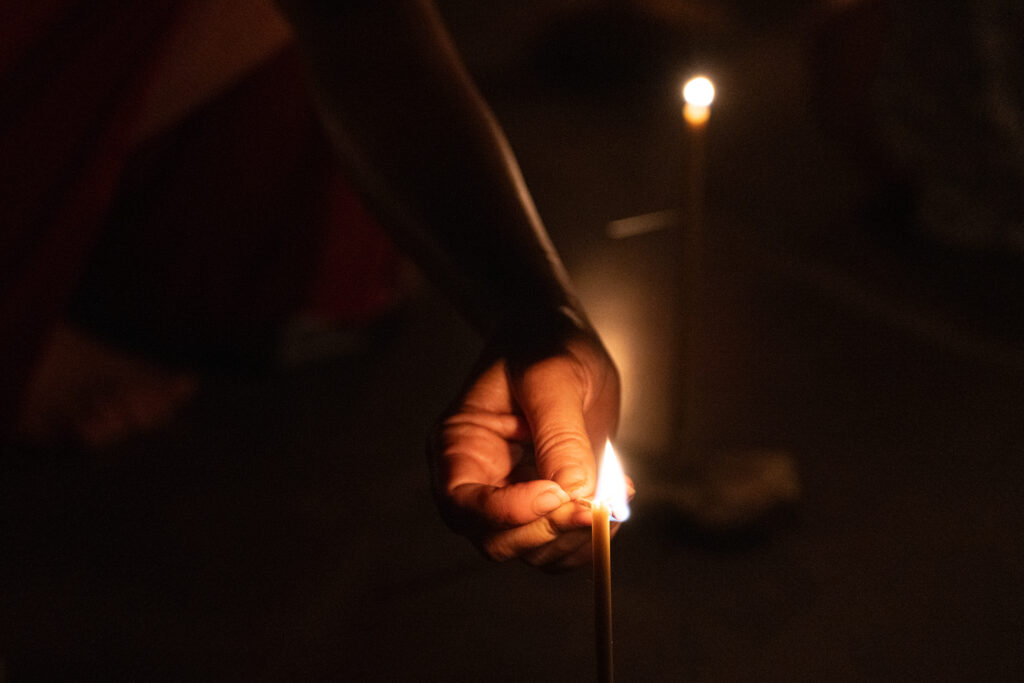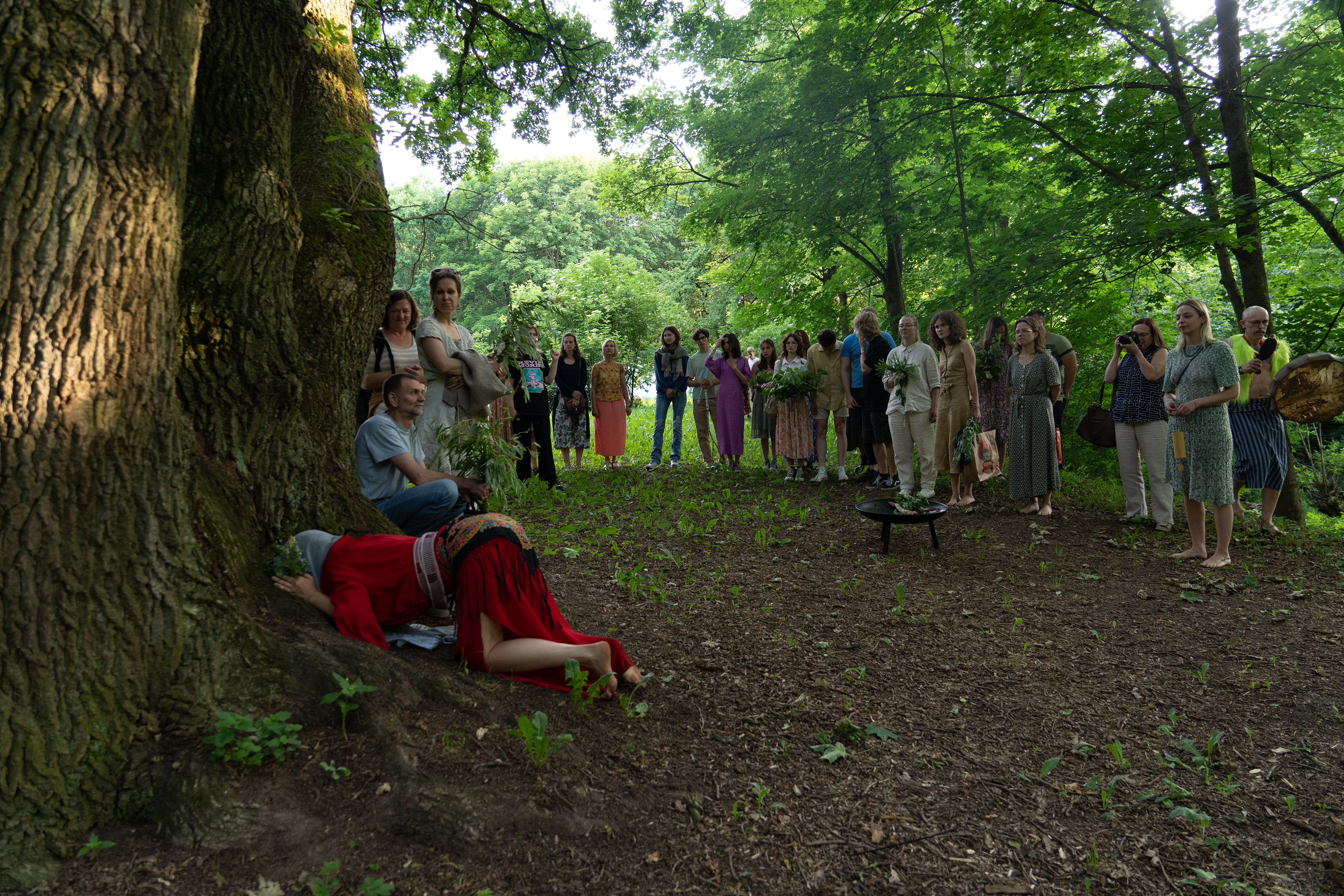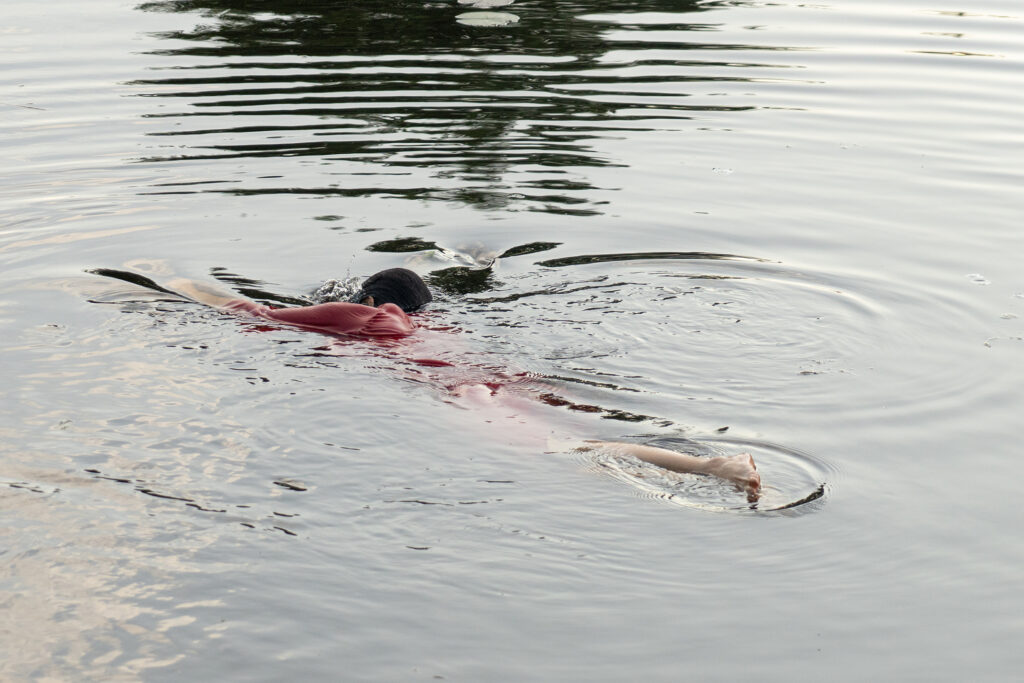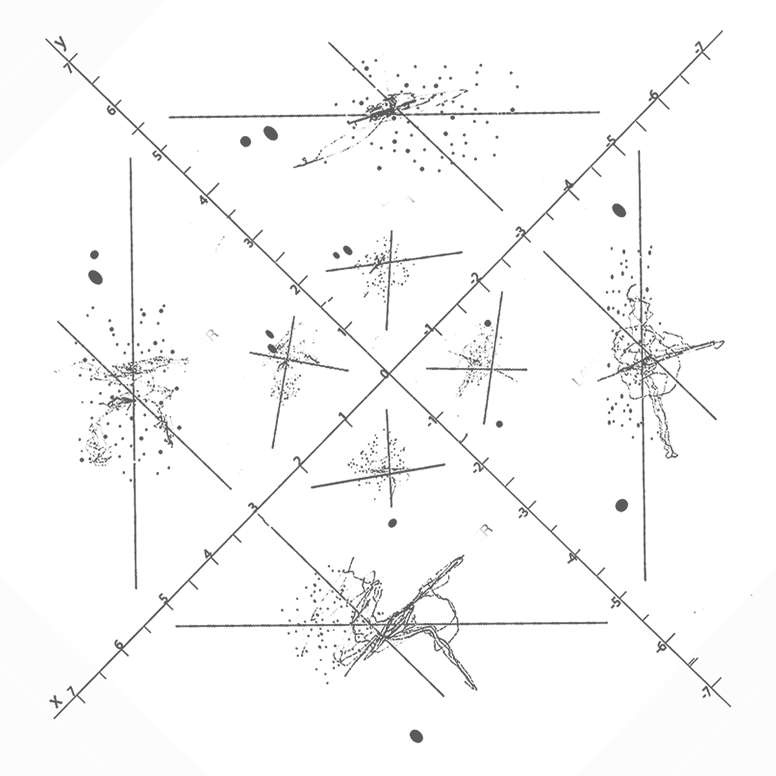Heliacal Rising
Libation Ritual, Fire invocation, stone singing circle and Water Ceremony for the rivers Nevėžis and Žagienis. Skaistakalnio park, hosted by Pragiedruliai Art Center. Panevėžys , Lithuania 23.06. 2023. Photos by Paulius Vepstas


Water is memory and the body is a solar boat, a sun ship.
To sail as a flock of doves for the rainy ones.
Populus-via-Laetitia. *



As part of an art residency at Pragiedruliai Art Center I was invited to develop a performance for Lithuania´s mid summer Rasos celebration. The libation ritual opened the space for Saulius Leonawičius´ outdoor sweat lodge ritual project “Agnè & Žagienis”.
The performance occured at the beginning of the residency, I proposed to facilitate an intimate libation ritual and water ceremony for the river Nevėžis and Žagienis. I ask for permission to work in alliance with Skaistakalnio land as the start of my period at Pragiedruliai. We invoked the heliacal rising of stars clusters opening the seafaring and farming season. The poetic gesture was an offering from respect and gratitude to the rivers. I collective wishing for peace, clean waters, pure air and healthy forests. To invite harmony and heart to guide human actions and our communities.
I am deeply touched by everyone who took part in the happening. It was a magical evening in celebration and communion of waters, stars clusters, plants, trees and stones. In appreciation to the rivers Nevėžis and Žagienis, to Skaistakalnio land, for the warm welcoming. The performance was supported by singing crystal bowls by Laura Marija.







Pragiedruliai Art Center is located in the heart of Skaistakalnio park, in Panevėžys , the meaning of the park name is associated to holy mount, translates as “Virgin Hill” an ancient sacred pagan place. Two rivers meet, Žagienis enters into Nevėžis, when it passes through this area waters courses like a serpent and slow flow. Nevėžis currents are under surface , it is a very special slow flow river as when splashed or moved it creates a beautiful ripple hypnotic effect. The river name meaning can be translate as “the river that does not drive”. Since its origins as a pagan place the park has undergo through many changes, after the conversion to Christianity the park turn into a state field, owned by the Great Dutch. In the 17th century the area become a private land, at this time a water mill was build. In the 18th century the first mansion was constructed, then it passes through different owners and burn down at some point. In the beginning of the 20th century poet, activist, lawyer Jouzas Čerkesas built his mansion where today is Pragiedruliai Art Center.















*(geomantic figures meaning: people, river, joy)

